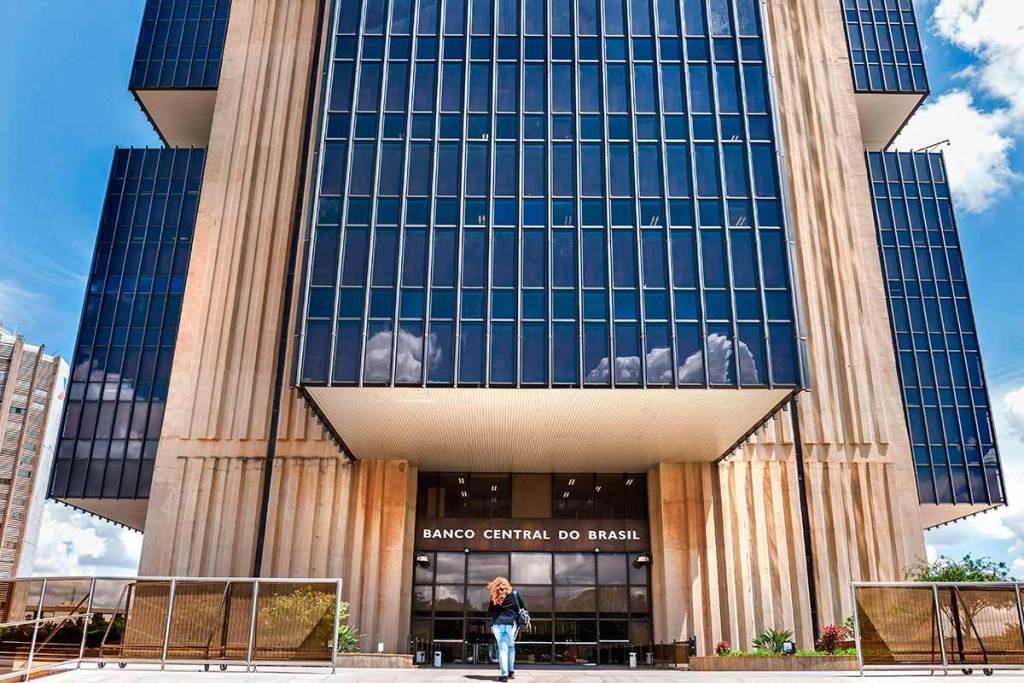RIO DE JANEIRO, BRAZIL – The vast majority of respondents also project that the GDP (Gross Domestic Product) should reach pre-Covid-19 pandemic levels in the fourth quarter this year.
Brazilians’ income should drop 1.3% by the end of 2021, according to a survey conducted by the Central Bank (BC) with economists released on Wednesday, May 12. The vast majority of respondents also project that the GDP (Gross Domestic Product) should reach pre-Covid-19 pandemic levels in the fourth quarter this year.

The question took into account income from work. When other sources besides employment are included, the market estimated that effective earnings should rise 0.6% in the year, a percentage that is considered stable.
In terms of GDP, economists who do not see a recovery in activity this year project that the return to pre-crisis levels will occur in the first quarter of next year.
The questions were submitted before the most recent COPOM (Monetary Policy Committee) meeting, which took place on May 4 and 5. The answers contribute to the set of information that supports the decision on SELIC, the basic interest rate.
The questions are asked at every meeting, but this is the first time the monetary authority releases the answers.
With respect to the labor market, economists heard by the Central Bank expect the unemployment rate to close the year at 13.8%.
In the fourth quarter of 2020, the unemployment rate stood at 13.9%, according to the IBGE (Brazilian Institute of Geography and Statistics).
The average monthly income of Brazilians was R$2,520 in the quarter ending in February, down R$65 from the three preceding months, but up R$32 compared to the same period in 2020.
“We have two very distinct data today, the PNAD [from IBGE] and the CAGED [from the government], both have undergone changes as a result of the pandemic, and both present problems. The labor market is a crucial part of the recovery process of the Brazilian income.”
“Effective income was quite inflated with the emergency aid last year, for example. We are going to have problems with this comparison base as well”, explains Marcelo Neri, director of FGV Social.
The expert says that the loss of income of Brazilians reached 11% in the fourth quarter this year.
According to the chief economist of Análise Econômica consulting firm, André Galhardo, the labor market should undergo a process known in the economic environment as hysteresis when an indicator takes a long time recover from a shock.
“Unemployment should remain at high levels, at best, for five years. Despite the recovery expected for the end of 2021, employment should not recover as quickly”, he says.
The analyst recalls that Brazilians should also have their purchasing power eroded by inflation in addition to losing income in real terms. “The rise in prices should continue to accelerate until June when it will reach nearly 8%, and then slow down, so income will be penalized,” he points out.
Galhardo recalls that inflation for the poorest is even higher. “The INPC [National Consumer Price Index] has already shown this disparity because it includes lower income brackets,” he points out.
The INPC shows the variation of the average cost of living for families with a monthly income of between 1 and 5 minimum wages, and the IPCA (National Broad Consumer Price Index), considered the country’s official inflation, takes into account the basket of those earning between 1 and 40 wages. The IBGE measures both.
In April, the IPCA stood at 6.76% in the 12-month accumulated and the INPC at 7.59%.
Furthermore, for most of those interviewed, gross public debt will only reach its peak in 2029. Some say they believe that government debt will reach its highest level in 2025. Currently, the debt stands at 89.1% of GDP and totals R$6.72 trillion.
Among the economists consulted, 44% answered that the external environment is more favorable today than the Central Bank’s last COPOM meeting in March. Only 16% said it was less favorable, and 40% said there were no relevant changes in the international scenario.
Last week, the committee raised the SELIC rate by 0.75 percentage points, to 3.50% a year, and signaled a new increase of the same magnitude in June, to 4.25% a year.

